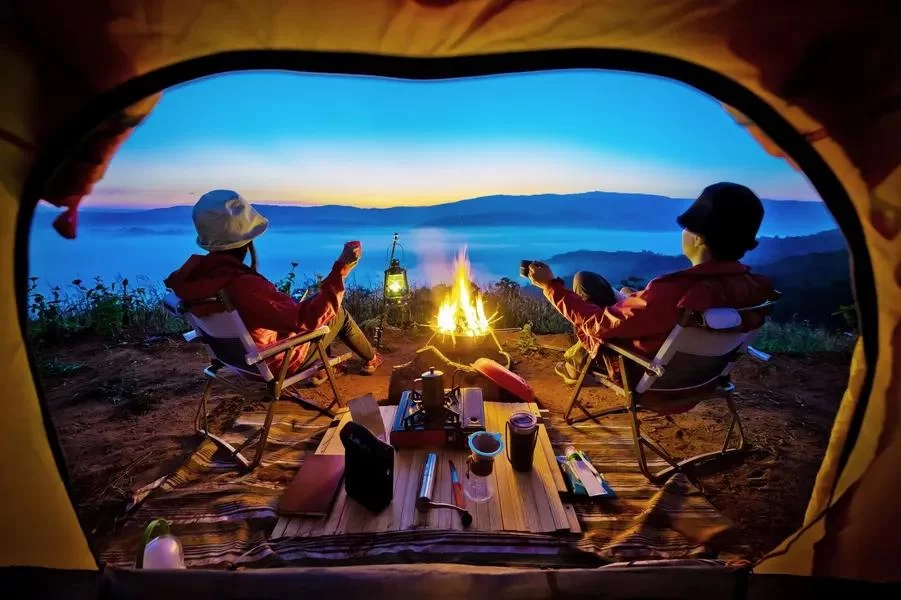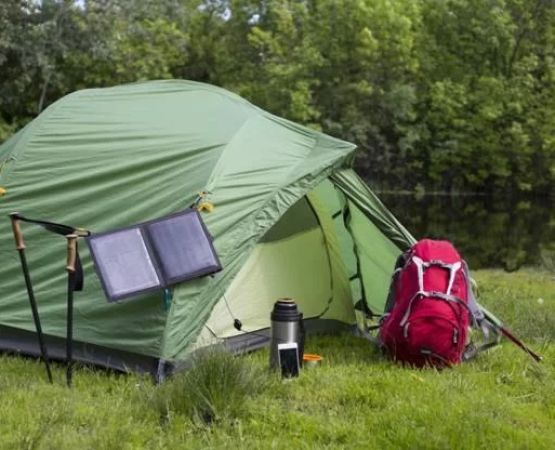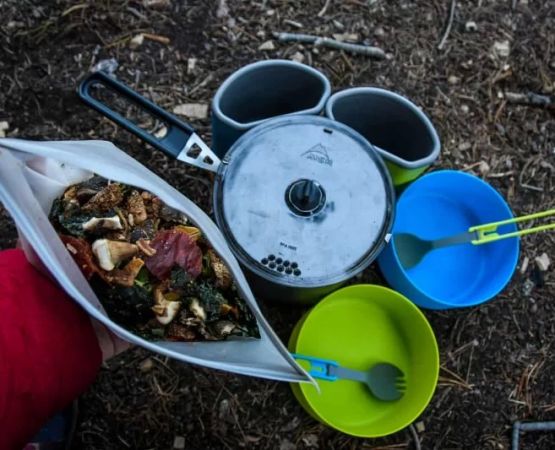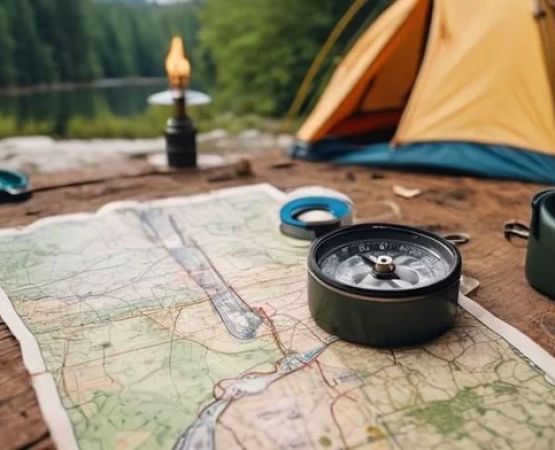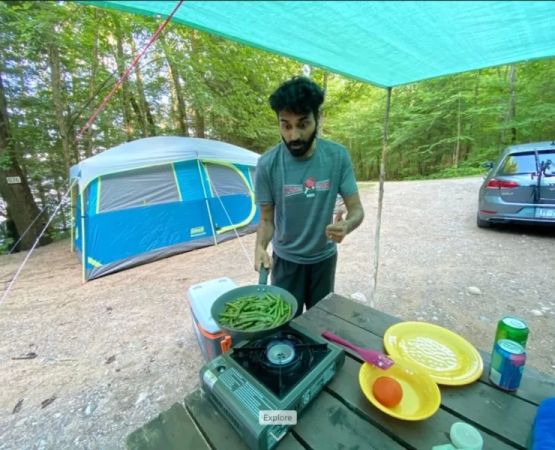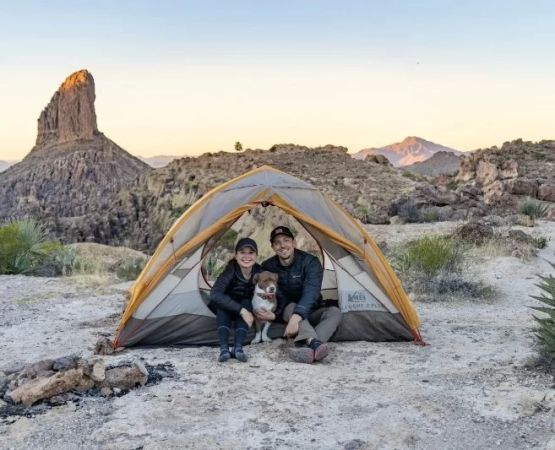How to Find Hidden Camping Gems That Aren’t Overcrowded
- 1. Seek Lesser-Known Locations
- 2. Use Apps and Websites for Secluded Campsites
- 3. Travel Off-Season for a Quieter Experience
- 4. Follow Local Advice to Uncover Hidden Gems
- 5. Explore National Forests and Remote Wilderness
1. Seek Lesser-Known Locations
If you're tired of crowded campsites and long lines, one of the best ways to discover hidden camping gems is to seek out lesser-known spots. While iconic national parks like Yellowstone and Yosemite attract throngs of visitors, many states and regions have lesser-known forests, lakes, and wilderness areas that offer solitude without sacrificing beauty.
For example, places like the Pine Cliff Resort in the Appalachian Mountains offer tranquil surroundings, far away from bustling tourist hotspots. Whether it's a quiet lakeside retreat or a secluded mountain spot, these hidden gems allow you to connect with nature and experience peace and quiet away from the crowds.
2. Use Apps and Websites for Secluded Campsites
In the digital age, finding hidden camping spots has never been easier. Various apps and websites are dedicated to helping campers discover secluded sites that aren’t overrun by tourists. Websites like Recreation.gov allow you to book campsites in lesser-known areas, while apps like Campendium provide detailed reviews and maps of more remote campsites.
By searching through these platforms, you can find spots that are off the beaten path, ensuring that you won’t be competing for a spot with dozens of other campers. A key tip is to search for campsites that are further away from major roads or towns, which often means less traffic and more privacy.
3. Travel Off-Season for a Quieter Experience
One of the easiest ways to avoid crowds is by planning your camping trip during the off-season. While summer and major holidays see campsites packed to the brim, spring and fall offer a quieter and more peaceful experience. In many cases, the weather is still pleasant, and the landscape is just as beautiful, with fewer people around to disrupt the tranquility.
For instance, heading to the Pine Cliff Resort in autumn, when the foliage changes color, provides a serene backdrop with fewer visitors. Similarly, winter camping can open up a whole new world of quiet wilderness, but be prepared for colder conditions and fewer amenities.
4. Follow Local Advice to Uncover Hidden Gems
If you really want to discover the hidden gems that aren't listed in guidebooks or travel blogs, it's worth seeking advice from locals. Many hidden camping spots are known only to the people who live nearby, so don’t hesitate to ask park rangers, locals in small towns, or fellow outdoor enthusiasts.
On one trip to the Pine Cliff Resort, a ranger recommended a remote trail system not far from the main campgrounds, and it led us to a stunning riverside site that was completely deserted. Local knowledge is invaluable for discovering these off-the-radar locations.
5. Explore National Forests and Remote Wilderness
National forests and wilderness areas offer some of the most secluded camping experiences. Unlike national parks, which often attract large crowds, national forests are vast areas of public land that can be explored for miles, offering hidden gems in every corner.
Some examples include the Pine Cliff Resort in the forests of the Appalachian region, or the vast areas of US Forest Service land. These regions are less likely to be overcrowded and offer pristine nature for those willing to venture a bit off the beaten path.
For a truly secluded experience, opt for dispersed camping—camping outside of designated campgrounds in these national forests. This allows you to find the quietest spots, often with incredible views and natural surroundings.
Are you ready to leave the crowds behind and explore some of these hidden gems? Whether it’s a serene lakeside retreat or a remote mountain campsite, there’s a perfect spot waiting for you. Explore more and book your next adventure at Pine Cliff Resort to experience the ultimate in peaceful, secluded camping.

